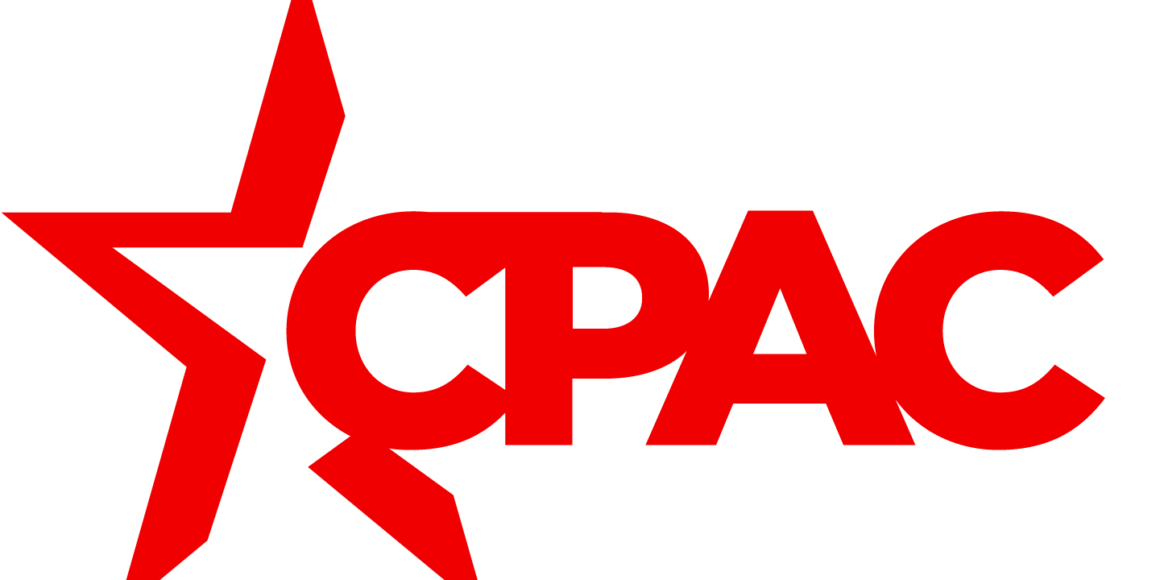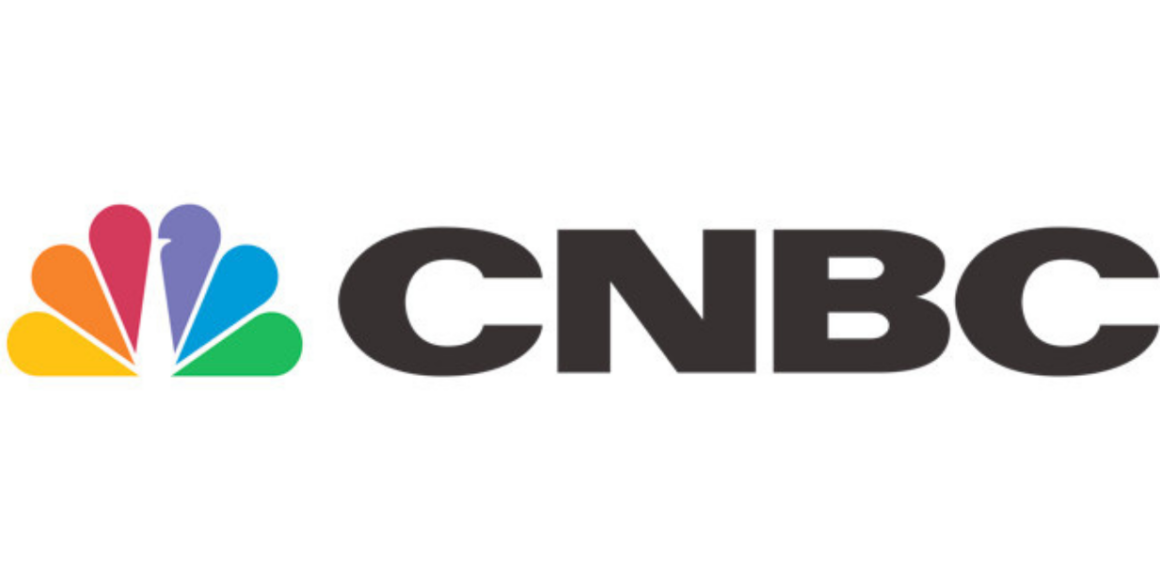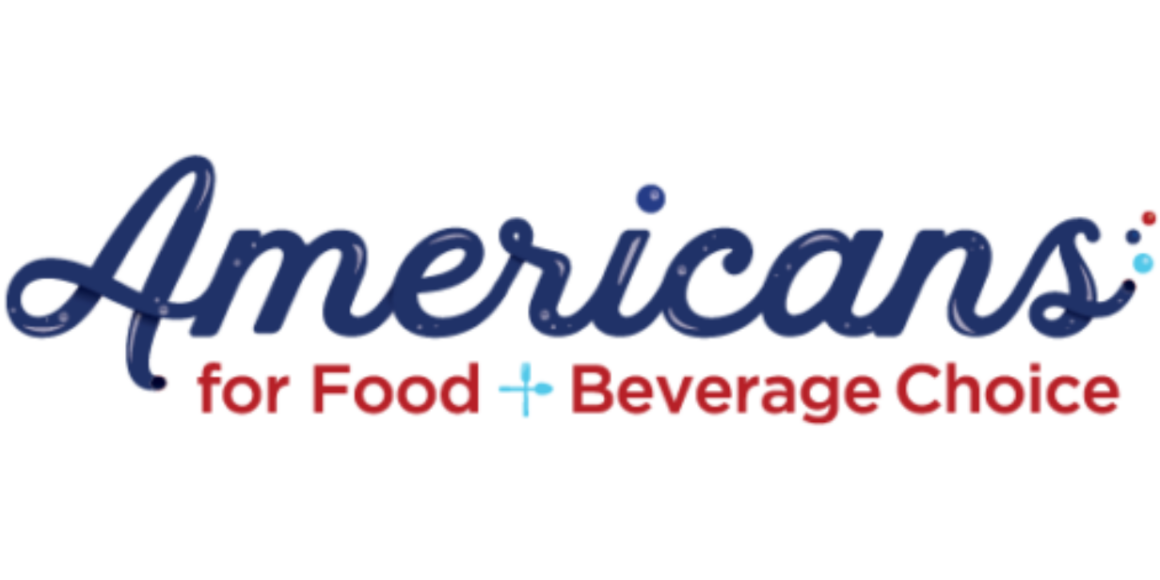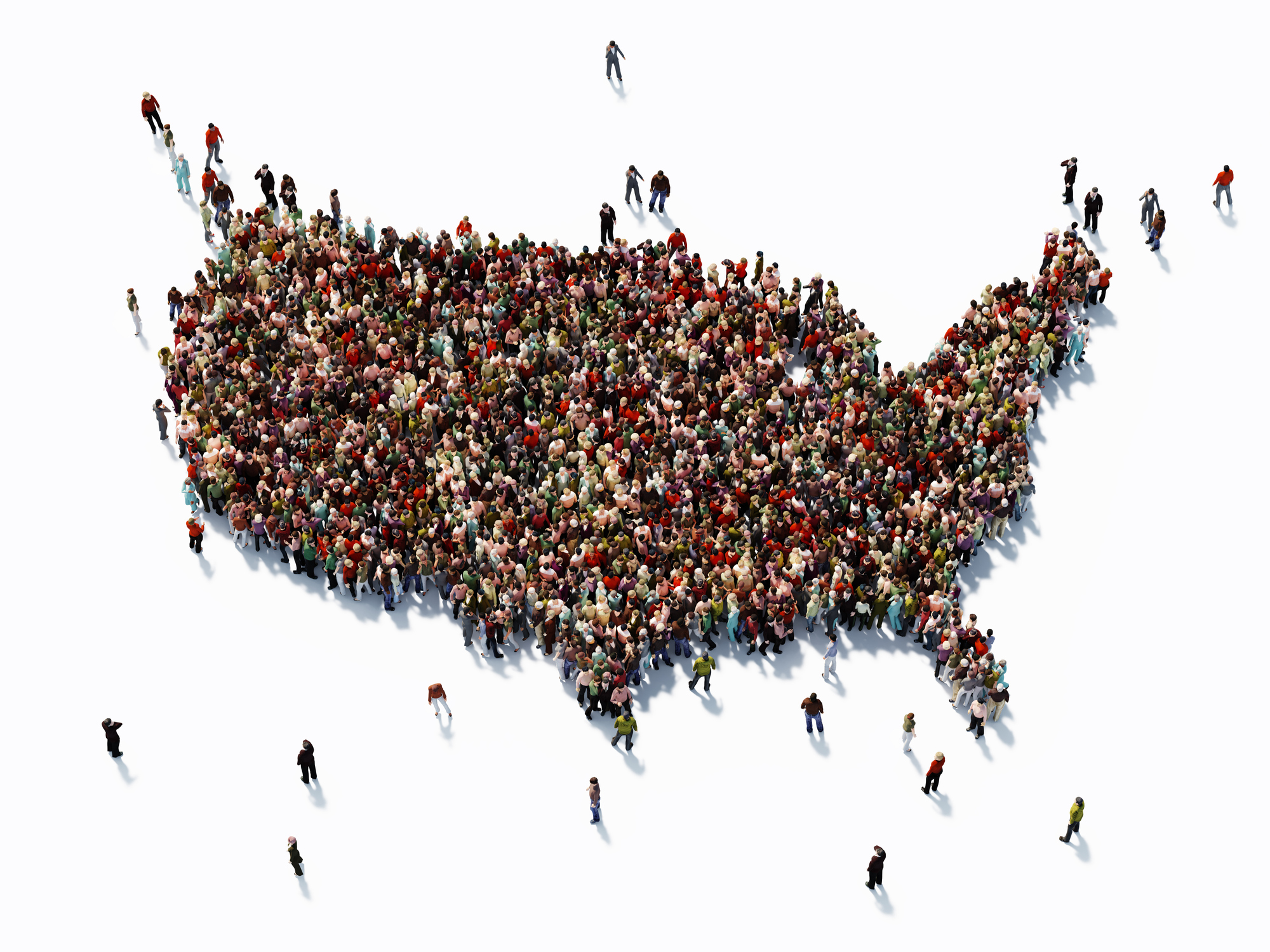
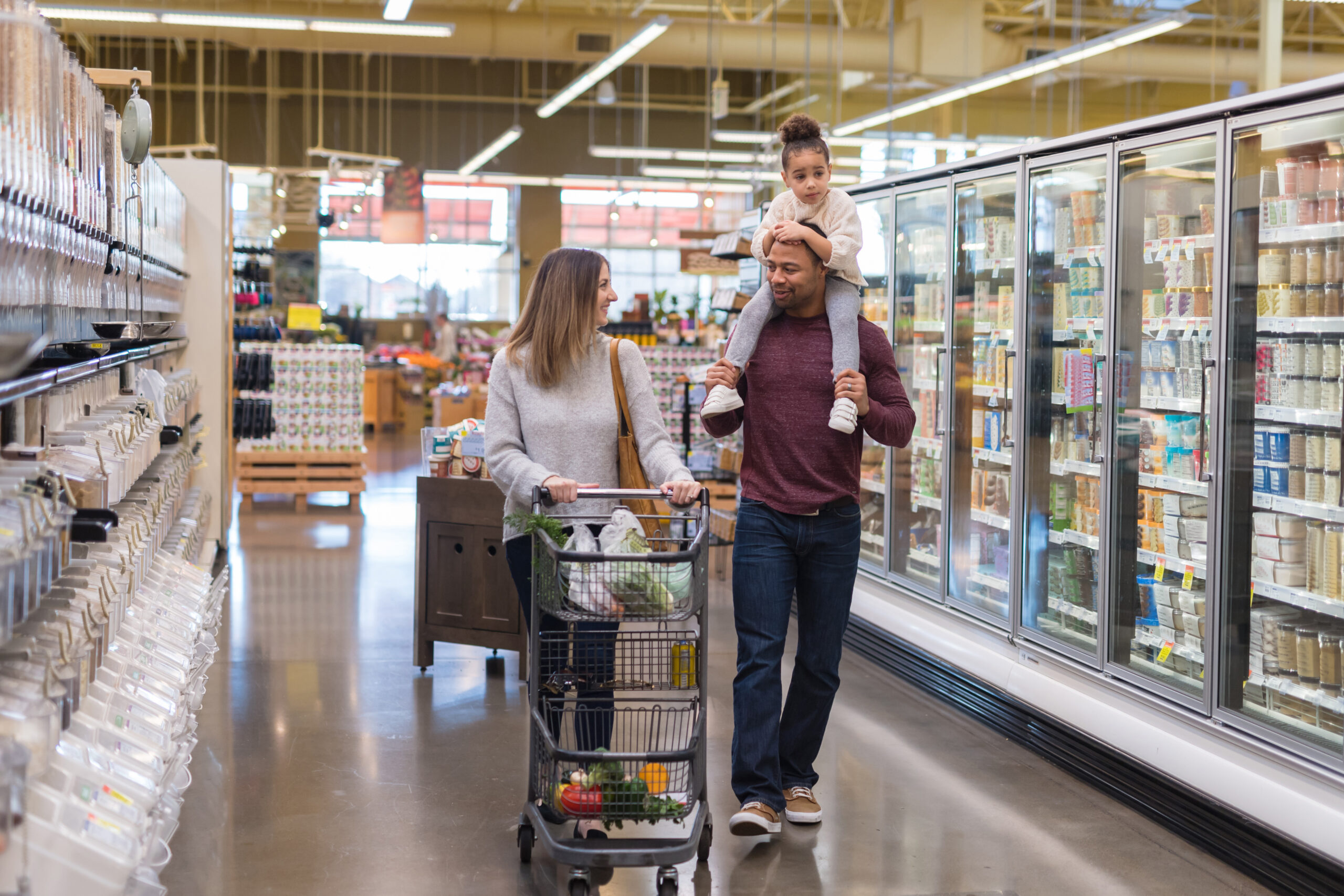
–SNAP Restrictions:–
Reducing Choices. Taking Away Freedoms.
Americans deserve the freedom to choose their own groceries.
Government restrictions on SNAP purchases won’t save taxpayers money, but they will set a dangerous precedent of government overreach into our personal lives. Restricting what one segment of the population can buy at the grocery store just because they need temporary government assistance goes against American values. These proposals treat families and veterans as second-class citizens.
In times like these, families don’t need one more person telling them what they can and cannot do. But more restrictions would put us on a slippery slope where bureaucrats get to annually decide which foods and beverages some Americans are allowed to serve their families.
Expanding, not restricting, choice is the best way to support Americans in achieving balance and improving their health.
SNAP restrictions are not reform. They will not save $1 in federal spending.
Hardworking American families are already struggling under the crushing weight of inflation. The government shouldn’t add to the burden of making ends meet by saddling them with new restrictions in the name of “reform.” In fact, SNAP restrictions would actually grow the size of government and cost of the program.
Allowing bureaucrats to designate grocery items as “good” or “bad” will create a food code more complicated than the tax code. The government would need to create a virtual army of employees to evaluate hundreds of thousands of products at the grocery store on an annual basis, adding to the size and cost of government bureaucracy that will never go away.
None of these proposals would make the SNAP program stronger for families or decrease the size or cost of the program.
The Solutions: Choice and Information
SNAP RESTRICTIONS WILL
IMPACT MILLIONS OF AMERICANS
Every American deserves the freedom to decide what’s best for their family—including when it comes to their grocery cart. But now, Washington politicians are pushing for new restrictions on the Supplemental Nutrition Assistance Program (SNAP), picking which foods and beverages are “acceptable” for millions of Americans.
Virgina J.
Texas
What They Are Saying
Key Voices on SNAP and Consumer Choice

